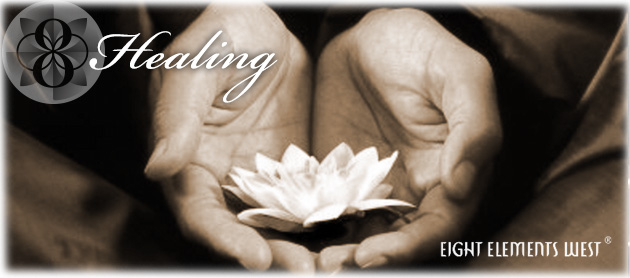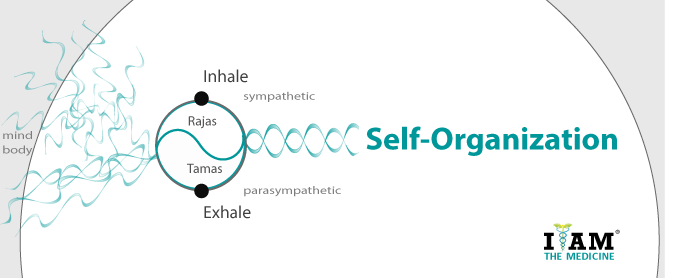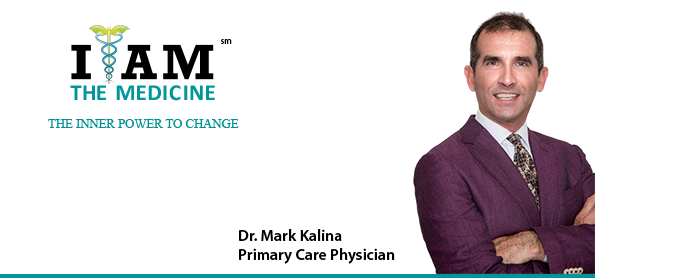Irritable Bowel Syndrome (IBS) is a dysregulation of intestinal function. Those with IBS experience loose stools, diarrhea,…

Family Brain Power
8 Tips for Family Mindfulness
If a baby’s brain is like a sponge waiting to absorb, then a child’s brain
is like a flower ready to bloom. Baby’s brain triples in weight in the first year. Neuroscientists have found that the brain continues to be voracious about the growth of its power: between toddlerhood and puberty, brain metabolism, measured by blood sugar consumption, remains quite high. Nets of nerves stand ready, eagerly waiting to receive powerful imprints of learning – both positive and negative.
The building blocks for a healthy brain develop from the bottom to the top. When children feel safe and nurtured, their attention and learning goes to the upper parts of the brain, where important skills develop like healthy bonding and communicating easily with to others. Conversely, early trauma and negative experiences stress the lower blocks of the brain that regulate basic body functions and the ability to feel calm in most environments. Repeated stress to lower areas of the brain eventually drain a child’s emotional intelligence and physical resilience in life.
When voices heat up in the house, the limbic system/amygdala – the smoke detector
of the brain – signals “danger”. The limbic system has control over lower brain tasks – autonomic system and brain stem functions that affect deep regulatory mechanisms like breathing, heart rate, blood pressure, sweating, digestion, vomiting and the immune system. If the heat in the house rises too high, the amygdala – the part of the limbic brain that controls approach/avoidance – gets hijacked, derailing even the smoothest of paths.
Families that fire together, wire together. Hebb’s principle may apply as much to groups of people as it does to bundles of neurons. When the family amygdala heats up and the smoke alarm goes off, it’s time for a designated brain-change leader to take charge. The leader can “quench” the fire, leading the family to safety and to new patterns in dealing with the stresses of life. That’s good news – we can in fact rewire together and grow positive family brain power over our entire lifetime.
Read More about ‘Healing the Modern Family” workshop.
Here are 8 steps for a leader to guide the family/team to safer grounds:
1) Countdown a 10 Second Space.
The leader guides counting out loud, together: “Everyone count backward from 10 to 1. 10, 9, 8 . . . “ Group vocalization, breath and movement allow the brain to cool down. The term “hot-head” originates from the fact that when we are angry the brain heats up ever so slightly.
2) Do your Body ABC’s.
The leader’s body is the tuning fork for the de-activation of threat. Let your own body’s peace lead the talking:
Attention: Broaden your attention away from the problem toward the process of becoming present again. Bring awareness to your breath and body – how are you breathing? How are you standing, sitting, walking? Take simple notes, nothing elaborate. Excessive focus directed immediately on the problem is threat-based thinking that creates physical tension for children.
Breath: Notice 1 or 2 complete inhalations and exhalations move through your body. Try to just observe the breath, without intervening. Allow for, and feel, rhythm returning to your body.
Contact: Notice how space and rhythm create calm presence in your body – and a deeper connection to others that words can’t match. Notice the contour of contact of your feet to the floor. Sense the textures of contact of your body to the chair. Settle in.
3) Follow the Leader
The leader asks questions without giving opinions and thoughts. The follower answers, preferably speaking from the “I” position. Switch when appropriate. Quench by listening, don’t kindle by adding heated opinions to the fire again.
4) Invite Dialogue first.
As Peter Senge states in The Fifth Discipline, “The discipline of team learning involves mastering the practices of dialogue and discussion, the two distinct ways that teams converse. In dialogue, there is the free and creative exploration of complex and subtle issues, a deep ‘listening’ to one another and suspending of one’s own views.” Participation in caring dialogue dampens activation of the amygdala, the limbic structure that signals a fight/flight response.
5) Invite Discussion second.
Senge continues, “By contrast, in discussion different views are presented and defended and there is a search for the best view to support decisions that must be made at this time. Dialogue and discussion are potentially complementary, but most teams lack the ability to distinguish between the two and to move consciously between them.”
6) Identify Kindling vs Quenching thoughts.
Bring mindful awareness to thoughts that burn, and those that cool. Observe burning thoughts. Visualize them like a candle flame that that blows out. Feed the quenching, starve the kindling. Let the spark expire. Make this a new habit of your brain, a default to quench. What shifts do you notice in your body with this mindful act?
7) Designate Ritual.
Try passing a “talking stick”. The talking stick has been used for centuries by American Indian tribes as a means of unbiased listening, lending the speaker the safety to express truthfully what is in his heart without the fear of reprisal. Only he who holds the stick speaks, while others listen in silence without comment. Talking sticks are adorned with buffalo hair, stones and eagle feathers to remind the participants to speak from both higher and deeper sources. Make listening and speaking distinctly more playful, reverent and more effective.
Designate a time and space for communicating, and when NOT to communicate but to turn instead to silence and reflection. Avoid reacting to a fire out of habit.
8) Follow these steps again.
Practice, practice, practice until you develop your own effective ritual for putting out family fires.
The goal of mindfulness is wisdom and spaciousness. Wisdom and space are always found together. As space eases the grip of hurtful words, one’s emotions and thoughts can connect with wisdom-filled action, even when circumstances are truly hard – that’s brain power. Freedom arises from the maturity to willingly experience life as it is now, not how we want it to be. Skillful acceptance comes from practice. Family mindfulness takes practice, and while it doesn’t stop pain, it does reduce suffering, regrets and misery, and enhances every family member’s ability to contribute to moments of happiness, ease, enjoyment, and fulfillment.

LMT SEP
Gloria Gonzalez is CCO/Founder of Eight Elements West, a center for somatic training and integrative clinic dedicated to elevating the human experience through Movement, Nutrition, and Medicine. For nutrition/somatic therapies: 21-Day Modern Medicine Detox, Somatic Experiencing, Visceral Manipulation & Craniosacral Therapy, and shamanic Soul Retrieval.
1. Peter Senge, The Fifth Discipline (New York: Currency, Doubleday, 2006), 220.


